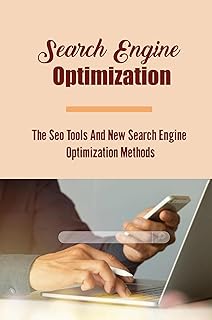XML sitemaps play a crucial role in enhancing SEO performance by aiding in faster content discovery, efficient crawling, and improved indexing reporting. Despite the general understanding of submitting sitemaps to search engines, the finer aspects of optimizing sitemaps for SEO benefits often go overlooked.
An XML sitemap essentially serves as a roadmap for indexing platforms to navigate a website’s URLs. By providing a comprehensive list of all website URLs, it assists crawlers in swiftly identifying and prioritizing quality landing pages for indexing.
There are two primary methods of creating sitemaps: static and dynamic. While static sitemaps are manually updated and prone to becoming outdated, dynamic sitemaps automatically reflect website changes in real-time. Dynamic sitemaps can be generated through custom scripts, dedicated tools, or CMS plugins like Yoast for WordPress.
For an XML sitemap to be considered valid, it must adhere to specific format requirements, including XML version declaration, UTF-8 encoding, and namespace specification. Additionally, each URL in a sitemap should include essential tags like Loc (Location) and Lastmod (Last Modified) to provide indexing platforms with accurate information about the page.
There are various types of sitemaps, such as XML Sitemap Index, Image Sitemap, Video Sitemap, and Google News Sitemap, each serving distinct purposes in enhancing content visibility. While XML sitemaps cater to indexing needs, HTML sitemaps are more user-centric and aid in website navigation.
Optimizing XML sitemaps involves strategic inclusion of only SEO-relevant pages, ensuring sitemap validity, leveraging sitemap reporting for indexing analysis, and structuring sitemaps efficiently. By following best practices like dynamically generating sitemaps, compressing files, and submitting to search consoles, website owners can enhance their SEO performance.
Ultimately, a well-optimized XML sitemap can significantly impact a website’s crawling efficiency, leading to improved content visibility and search engine rankings. By adhering to XML sitemap best practices and continuously monitoring and refining sitemap strategies, website owners can maximize their SEO potential and stay ahead in the ever-evolving digital landscape.
📰 Related Articles
- Maximize SEO Impact with Strategic YouTube Video Optimization
- Understanding TLDs: Impact on SEO and Website Identity
- Publishers Adapt SEO Strategies Amid Google’s AI Overviews Impact
- Maximize Online Visibility with Effective Organic SEO Strategies
- Maximize Brand Impact: Choosing the Right Domain Extension Strategy





